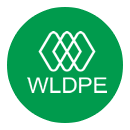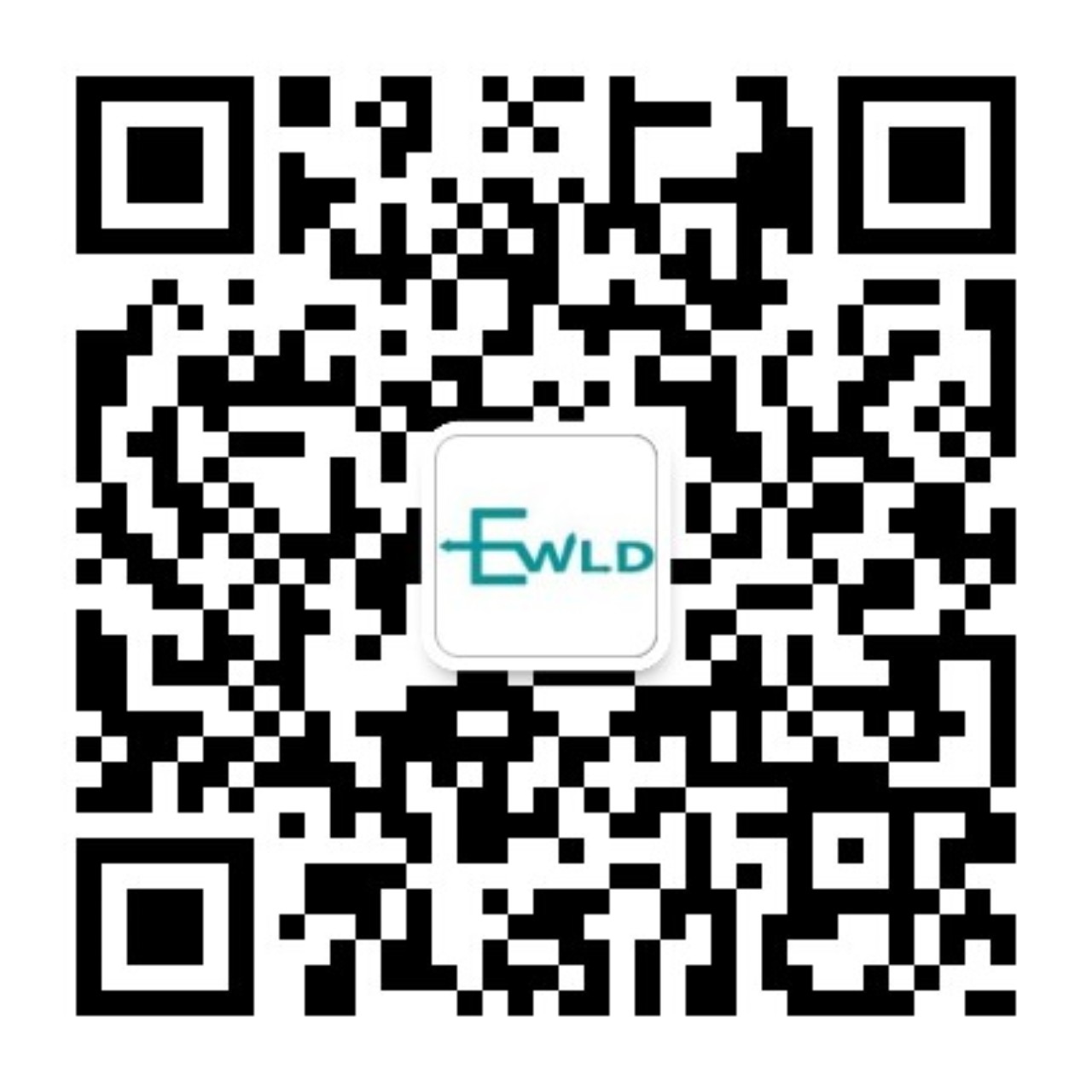The Application Principle of High-power Bidirectional DC/DC
I. Basic Concepts and Core Components
The high-power bidirectional DC/DC is a kind of power electronics device. It breaks through the limitation of the traditional DC/DC's unidirectional transmission and realizes the bidirectional flow of energy between two DC power sources. According to actual needs, it can transfer electrical energy from the high-voltage side to the low-voltage side, or from the low-voltage side to the high-voltage side. Its core components mainly include three parts: the power conversion circuit, the control circuit, and the drive circuit.
Power Conversion Circuit: As the core channel for energy transmission, it is usually composed of power switching devices (such as IGBTs and MOSFETs). These switching devices conduct and turn off according to a specific logical sequence, chopping the input DC voltage into a high-frequency pulse voltage. After being processed by energy storage and filtering components such as inductors and capacitors, it is converted into a stable output DC voltage. Different topological structures (such as bidirectional Buck-Boost, bidirectional Cuk, isolated bidirectional flyback, forward, half-bridge, full-bridge, etc.) are suitable for different power levels and application scenarios, and determine the efficiency and performance of energy transmission.
Control Circuit: Just like the "brain" of the device, it monitors parameters such as input and output voltage and current in real time, and generates corresponding control signals according to the preset control strategy. Common control strategies include Pulse Width Modulation (PWM), Pulse Frequency Modulation (PFM), and phase shift control, etc. Taking PWM as an example, by adjusting the conduction time (duty cycle) of the power switching device, precise control of the output voltage can be achieved. When the system needs to increase the output voltage, the duty cycle is increased; conversely, the duty cycle is decreased.
Drive Circuit: It is responsible for amplifying the weak control signals generated by the control circuit to drive the power switching devices to conduct and turn off reliably. Since driving the power switching devices requires a large current and an appropriate driving waveform, the drive circuit also needs to have an isolation function to prevent the high voltage of the main circuit from interfering with the control circuit and ensure the stable operation of the system.
II. Working Modes and Principles
In practical applications, the high-power bidirectional DC/DC mainly has two working modes: the Buck mode (step-down mode) and the Boost mode (step-up mode), and the energy flow direction and working principles are different in these two modes.
Buck Mode (Step-down Mode): When energy flows from the high-voltage side to the low-voltage side, the device operates in the Buck mode. Taking the braking energy recovery of an electric vehicle as an example, during the braking process of the vehicle, the motor is in a power generation state, generating a relatively high-voltage DC power. At this time, the bidirectional DC/DC enters the Buck mode, and the power switching devices rapidly alternate between conduction and turn-off, chopping the high-voltage DC power into a high-frequency pulse voltage. The inductor stores energy when the switch is on and releases energy when the switch is off. In cooperation with the capacitor, it filters the pulse voltage and outputs a stable low-voltage DC power to charge the vehicle-mounted battery, realizing the recovery and utilization of braking energy and improving energy utilization efficiency.
Boost Mode (Step-up Mode): When energy flows from the low-voltage side to the high-voltage side, the device operates in the Boost mode. In a renewable energy power generation system, the voltage output by solar panels or wind turbines is often low and unstable. At this time, the bidirectional DC/DC operates in the Boost mode. By controlling the conduction time of the power switching device, the inductor stores energy. When the switch is turned off, the energy released by the inductor is superimposed with the input voltage, and after being filtered by the capacitor, a higher and stable DC voltage is output to meet the requirements of grid connection or load.
III. Typical Application Scenarios and Embodiments of Principles
The high-power bidirectional DC/DC plays an important role in multiple fields, and the emphasis of its application principles varies in different scenarios.
New Energy Vehicle Field: In electric vehicles, the bidirectional DC/DC is not only used for braking energy recovery (Buck mode), but also can realize the energy interaction between the vehicle-mounted battery and the vehicle-mounted electrical system. For example, when the voltage of the vehicle-mounted battery is high and the vehicle-mounted electrical system (such as air conditioning, lights, etc.) requires a lower voltage for power supply, the bidirectional DC/DC operates in the Buck mode to provide a stable low-voltage power source for the electrical system; when the battery charge is low and fast charging is required, an external high-voltage power source charges the battery through the bidirectional DC/DC in the Boost mode to improve the charging efficiency.
Energy Storage System Field: In large-scale energy storage power stations, the bidirectional DC/DC connects the battery pack and the power grid. When the power grid load is low and the grid voltage is high, the bidirectional DC/DC stores the excess electrical energy of the grid into the battery pack in the Buck mode; when the power grid load reaches a peak, the battery pack releases the electrical energy back to the grid through the bidirectional DC/DC in the Boost mode, stabilizing the grid voltage and frequency, realizing the function of "peak shaving and valley filling", and improving the stability and reliability of the power grid.
Renewable Energy Power Generation Field: In solar photovoltaic power generation and wind power generation systems, since the voltage and power output by solar panels and wind turbines are greatly affected by natural conditions such as light intensity and wind speed, the bidirectional DC/DC can adjust the output electrical energy. When the light or wind is weak, the voltage is increased through the Boost mode to enable the electrical energy to be smoothly connected to the grid; when the light or wind is strong, the excess electrical energy is stored in the energy storage device through the Buck mode to avoid energy waste and improve the utilization efficiency of renewable energy.
The high-power bidirectional DC/DC realizes the bidirectional and efficient transmission of energy through its unique circuit structure and control strategy, and has broad application prospects in fields such as new energy vehicles, energy storage systems, and renewable energy power generation. With the continuous development of power electronics technology, its performance will be further improved, providing stronger support for the rational utilization of energy and sustainable development.










